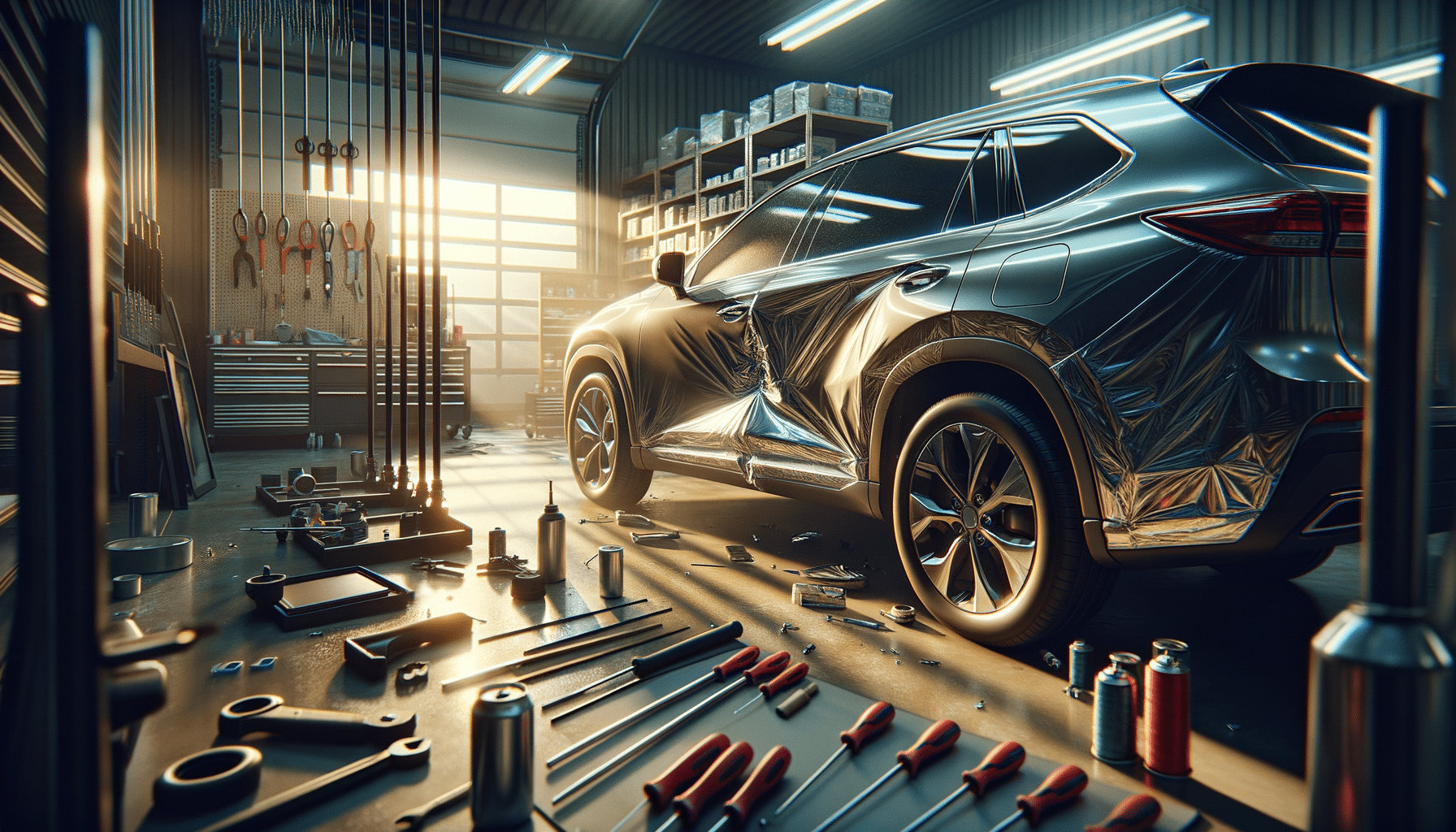
The Complete Guide on Paintless Dent Repair
Introduction to Paintless Dent Repair
Paintless Dent Repair (PDR) is an innovative method for removing minor dents from a vehicle’s body without the need for repainting. This technique has gained popularity due to its cost-effectiveness and efficiency, offering a practical solution for car owners and professionals alike. Understanding the importance of PDR not only helps in maintaining the aesthetic value of a vehicle but also preserves its original factory finish, which is crucial for resale value.
PDR is particularly relevant in today’s automotive industry, where maintaining the original paintwork is often preferred for both aesthetic and economic reasons. By avoiding the traditional methods that require fillers and repainting, PDR provides a sustainable option that minimizes environmental impact by reducing the need for new paint and materials.
The Process of Paintless Dent Repair
The process of Paintless Dent Repair involves several meticulous steps that require precision and expertise. Unlike conventional dent repair methods, PDR focuses on carefully massaging the dented area back to its original shape. This is achieved using specialized tools that allow technicians to manipulate the metal from behind the panel.
Typically, the process begins with an assessment of the damage to determine if PDR is suitable. Factors such as the location and depth of the dent play a crucial role in this decision. Once deemed appropriate, technicians proceed by gaining access to the backside of the dent. This can involve removing panels, lights, or interior components to reach the affected area.
Using a variety of tools, such as metal rods and body picks, the technician gently pushes the dent out from the inside. This requires a keen eye for detail and a steady hand to ensure that the metal is restored without damaging the paint. The result is a seamless repair that maintains the vehicle’s original finish.
Advantages of Paintless Dent Repair
One of the most compelling reasons to choose Paintless Dent Repair is its numerous advantages over traditional methods. Firstly, PDR is often more cost-effective. Since it eliminates the need for costly materials like paint and body filler, the overall expense is significantly reduced.
Moreover, PDR is time-efficient. A traditional repair can take several days to complete, especially when repainting is involved. In contrast, PDR can often be completed in a matter of hours, allowing vehicle owners to get back on the road quickly.
Another advantage is the preservation of the original paint. Repainting can sometimes lead to color mismatches or a noticeable difference in texture. With PDR, the vehicle’s factory finish is maintained, ensuring a uniform appearance. Additionally, this method is environmentally friendly, as it reduces the use of potentially harmful chemicals found in automotive paints.
Challenges and Limitations of PDR
While Paintless Dent Repair offers many benefits, it is not without its challenges and limitations. One of the primary challenges is the requirement for skilled technicians. PDR is a craft that demands extensive training and practice to master. Technicians must have a deep understanding of vehicle structures and the ability to manipulate metal precisely.
Limitations of PDR include the size and location of the dent. Large dents or those with sharp creases may not be suitable for PDR. Additionally, if the paint has been damaged or cracked, traditional repair methods may be necessary to achieve the desired result.
Furthermore, accessibility can be an issue. Dents located in hard-to-reach areas, such as near the edges of panels or behind structural supports, may not be amenable to PDR techniques. In such cases, alternative repair methods may need to be considered.
Conclusion: The Future of Paintless Dent Repair
Paintless Dent Repair continues to evolve as an essential technique in the automotive industry. With advancements in tools and techniques, the scope of PDR is expanding, allowing technicians to tackle more complex repairs. As awareness of its benefits grows, more vehicle owners are opting for PDR to maintain their vehicles’ aesthetics and value.
The future of PDR looks promising, with potential developments in technology enhancing the precision and efficiency of repairs. As environmental concerns become increasingly important, the sustainable aspect of PDR will likely contribute to its continued adoption.
For car owners seeking a cost-effective, efficient, and environmentally friendly solution to minor dents, Paintless Dent Repair remains a highly regarded option, offering a blend of traditional craftsmanship and modern innovation.


